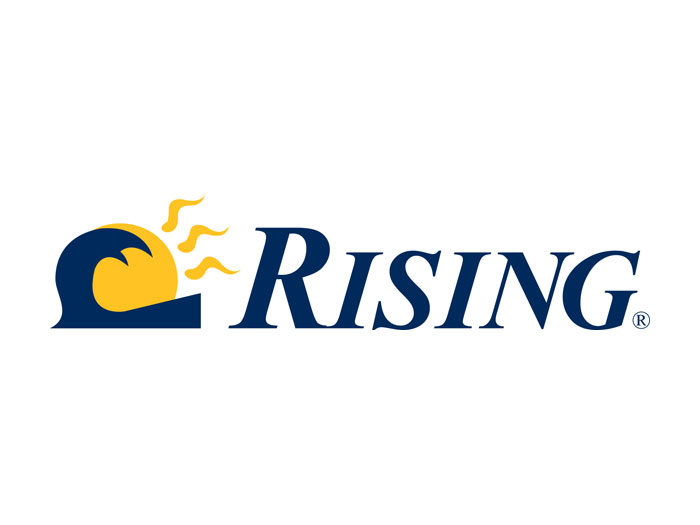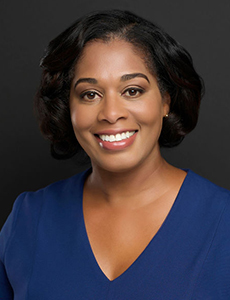How the E&S Market Is Adapting to Meet Ever-Evolving and Complex Risks

The excess and surplus (E&S) market is one of the fastest growing in the insurance industry right now.
Worth close to $74 billion in 2020, it is projected to peak at $179 billion by 2030 if it continues to increase at an estimated compound annual growth rate of more than nine percent.
This exponential growth has predominantly been driven by business moving from the admitted market into the E&S market due to the hard market conditions over the last two to three years.
Among the biggest growth areas within this are construction, energy, healthcare, environmental and professional liability. Construction has been boosted by fresh public and private investment in infrastructure, while the move towards renewable energy, particularly in light of the recent COP26 conference in Glasgow, is opening up new opportunities in that space.
Healthcare, meanwhile, has continued to be a mainstay of U.S. gross domestic product and looks set to remain so for the foreseeable future, given the country’s aging population. Greater regulatory enforcement and awareness of environmental liability around risks such as mold and Legionella has also increased the need for coverage.
Directors and officers insurance is another much sought after product with factors such as environmental, social and corporate governance (ESG), and event-driven litigation very much top of mind. That has only been exacerbated by potentially inflationary dynamics and supply issues, putting greater pressure on boards than ever before.
“The E&S market has undergone a great period of growth and we expect that to continue,” said Matt Dolan, President, North America Specialty at Liberty Mutual, who has been working in underwriting for more than 30 years.
“By the same token, though, we expect underwriting will continue to be disciplined, particularly given the emergence of black swan events and new risks such as the COVID-19 pandemic.”
Impact of COVID-19
COVID-19 has had a disruptive impact on claims and their development, with new claims arising directly from the crisis and older ones piling up due to court systems being shut down over the last 18 months.
In light of the pandemic and the economic turmoil that followed, risk managers and their companies are far more wary about the effect of social and economic inflation and the sheer interconnected nature of risk.
Beyond the pandemic, last year saw a rise in cyber attacks and extreme weather events that is keeping risk managers on their toes.
“Risks don’t always present themselves in conventional ways or are limited to particular industries or geographies, as in the case of extreme weather and cyber attacks,” Dolan said. “They can have far-reaching implications beyond their initial impact, for example, in terms of supply chain and business interruption.”
As a result, E&S insurers are taking a more holistic approach to risk and are being much more conservative about the limits they provide across the board. For example, five years ago a carrier may have offered $25 to $50 million in transactional limits, but now it’s more like $10 to $15 million.
Underwriters have also been tightening their terms and conditions, and policy language to provide more clarity and limit ambiguity that could result in disputes and claims.
The key strength of E&S brokers and insurers is in understanding unique and complex exposures, and in providing customized coverage not available in the standard market to meet their client’s specific needs. Providing coverage certainty and making sure the product is fit for purpose and responsive to those risks is therefore of paramount importance.
Data and Claims Focus
Despite the E&S market’s undoubted success in recent years there’re still significant areas for improvement. Among the top priorities are risk modeling and predictive analytics.
While existing risk modeling tools remain a vital data source for E&S underwriters, given the increasingly complex risk environment, they need to develop a more real-time view of these exposures. By identifying and discerning between these new and emerging patterns, they can more accurately assess the risk and its likely impact, and price accordingly.
“Historic data is still critical, but rather than looking back all the time, we need to look across a wider data set to help inform a more contemporary outlook,” Dolan said. “To achieve that, the industry needs to develop our existing risk models far beyond their current capabilities.”
Another key area E&S insurers and brokers have been focusing on is claims history and risk management. That requires understanding the nature of the claim, how it occurred, and what mitigation efforts might help reduce the chance of a similar claim in the future.
Risk managers themselves have a big part to play in the whole equation too. By gaining a deeper knowledge and understanding of the risks they face not only today but are likely to in the future, and showing their commitment to risk management and mitigation, they will be much better equipped to tackle and proactively stop losses from happening in the first place.
“It’s key for risk managers to convey the importance their organization places on its ability to manage and share the risk, whether through self-insurance, deductibles or captives,” Dolan said. “They also need to have an active awareness of the risk environment they operate in and be able to draw on how they have successfully and effectively navigated through previous tough periods.
“Effectively, therefore, risk managers have to clearly communicate their strategy and the steps they are taking to manage their risk, and how they will do this in partnership with their insurance carrier. Put simply, they need to present their case articulately, about how they intend to achieve this,” he continued.
Broker Partnerships
By getting out ahead and presenting their story clearly, risk managers can fully leverage their brokers and insurers. It also helps the underwriter to understand and get more comfortable with the risk, speeds up the submission process, and ultimately ensures they are more likely to get the right type and level of coverage they require.
Liberty Mutual has made big strides in the E&S market in recent years. It has focused on engaging predominantly with wholesale distribution brokers and developing products with them.
“Once a wholesaler has originated the risk with us and presented it to us, we’re going to honor that relationship,” Dolan said. “That doesn’t mean we don’t deal with retailers as well, but it just gives our wholesale partners greater assurance that we are in it for the long haul and shows our commitment to them.”
He added: “As risks continue to become more complex, we need to be there to meet the specialist and bespoke needs of our clients. That means being able to come up with highly creative and responsive risk transfer solutions moving forward.” &











